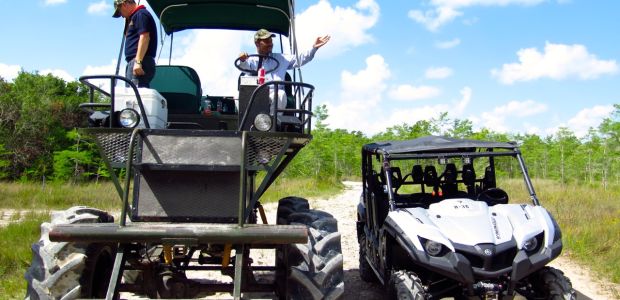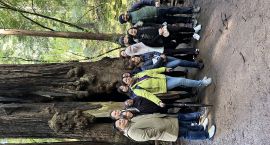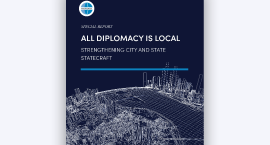Today marks the 10th Annual Endangered Species Day in the United States. Various events taking place at zoos, aquariums, schools and protected areas across the country will recognize our national conservation efforts to protect America’s endangered species and their habitats. While the awareness events are domestic in nature, they also serve as worthwhile opportunities to bring attention to the heart-wrenching wildlife poaching and trafficking epidemic that is truly a global battle. Last year, over 1,200 rhinos were poached in South Africa alone. The western black rhino was declared extinct in 2013 and there is only one remaining male African white rhino. This estimated $20-billion-a-year market encompasses much more than rhinos and extends well beyond South Africa. According to a recent Washington Post article, there are less than 3,200 tigers in the wild; while over 100 million sharks are killed annually (shark fins are a delicacy used in soup throughout Asia).
“The ongoing slaughter of rhinos and elephants in Africa is driven by rising consumer demand here. United States citizens are intimately involved in illegal trade both here and abroad,” explains Daniel M. Ashe, the director of the U.S. Fish and Wildlife Service.
Recognizing that this is a worldwide issue requiring coordination and collaboration across borders and continents, the U.S. Department of State brought together 11 international wildlife conservation professionals and park rangers for a three-week study tour to examine U.S. efforts to deter poaching and trafficking of wildlife. The first multi-continent International Visitor Leadership Program on wildlife conservation is currently in its second week. The group has already visited heavy hunting areas with Maine game wardens near Bangor, as well as U.S. Fish and Wildlife Service inspection stations at the Miami International Airport. A visit to Yosemite National Park is up next before they finish their study tour in Seattle at UW’s Center for Conservation Biology. What is becoming increasingly clear to both the international participants and the Americans they meet with is that this is not a “one-size-fits-all” issue.
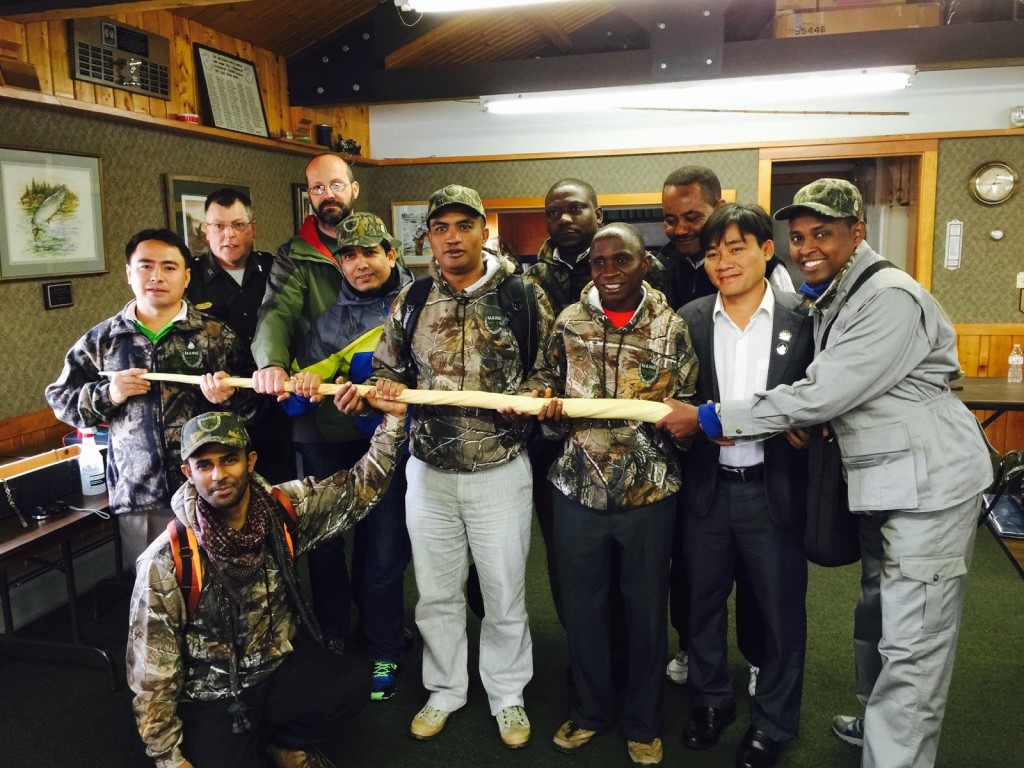
Ali Al Maashani is the supervisor of the Jabel Samhan Wildlife Preserve in Oman, one of the last places in the world to maintain wild Arabian leopards. In his country, the killing of scarce big game is just as much for meat as it is for trafficking. Drones are often cited as an emerging method to save wildlife. “This won’t work in my country,” proclaimed Dr. Chiranjibi Pokheral at a public panel on wildlife crime that Meridian International Center hosted last week. The Nepalese study tour participant explained that the terrain in his South Asian country is much different than in Sub-Saharan Africa. Nepal exhibits a large tree canopy making it impossible for drones to see what is going on beneath them (On the good news front, thanks to strong anti-poaching laws, Nepal marked another 365 days of zero poaching earlier this month). Likewise, the group is learning that while poaching may be a big concern in Maine, it is invasive species that are causing havoc in the Everglades. Today, the international delegation is in the Bay Area learning about the black market for animal products within San Francisco’s Chinese community.
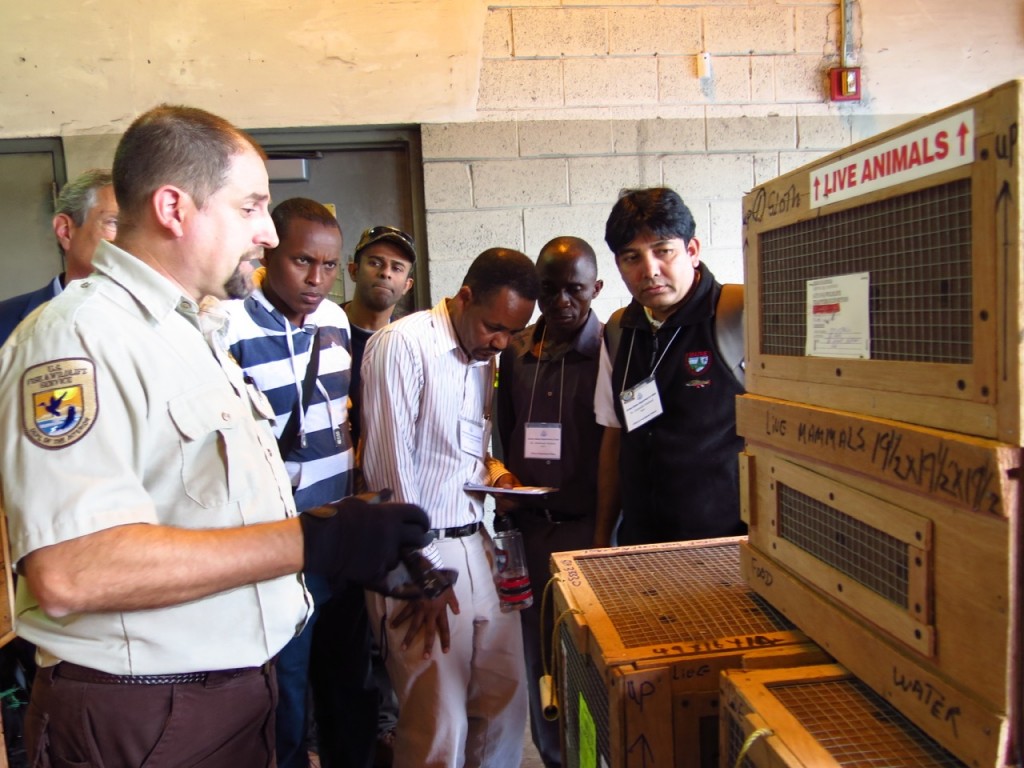
This State Department study tour is a deliverable of the Obama Administration’s National Strategy to Combat Wildlife Trafficking, and it comes at a time when the United States has grown into the second-largest market for illegal wildlife products. “The ongoing slaughter of rhinos and elephants in Africa is driven by rising consumer demand here. United States citizens are intimately involved in illegal trade both here and abroad,” explains Daniel M. Ashe, the director of the U.S. Fish and Wildlife Service. While the Executive Branch is pushing forward with a full-fledged effort, Congress is doing little. The Wildlife Trafficking Enforcement Act of 2015, introduced earlier this year in rare bipartisan fashion by Senators Dianne Feinstein and Lindsay Graham, is expected to go nowhere. As the international group discovered during a discussion with Democratic and Republican lawmakers at the Maine State House, state legislatures are increasingly filling the void. Last month, the Oregon Senate passed a bill prohibiting the trade of ivory and rhino horn within the state. The bill, which has since been transmitted to the Oregon House of Representatives, will hopefully become the latest of several wildlife conservation laws passed in the Beaver State in recent years. (For an excellent compilation of state and federal wildlife conservation legislation, check out bornfreeusa.org.)
The study tour is proving successful as the group members report learning new approaches to their work and they are establishing numerous U.S. contacts that will allow for better coordination among our countries going forward. Still, this professional exchange alone will not stem the tide of wildlife poaching and trafficking. As we celebrate America’s wildlife and wild places today, let us not forget the flora and fauna that we must conserve as citizens of the world.














